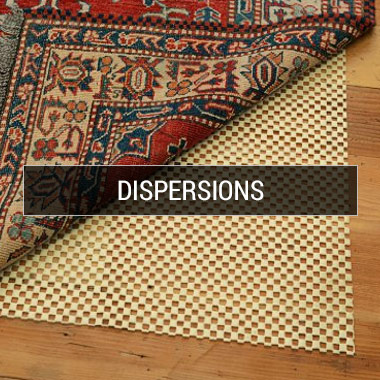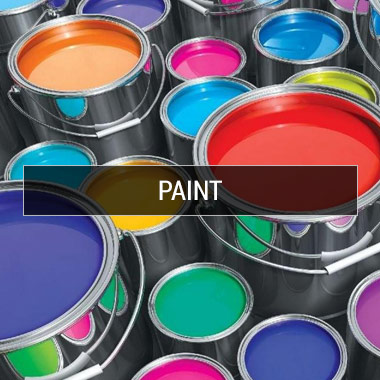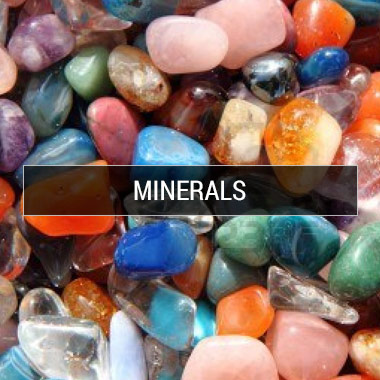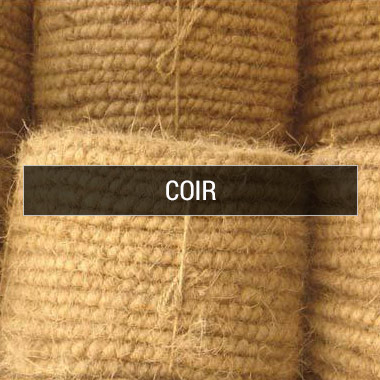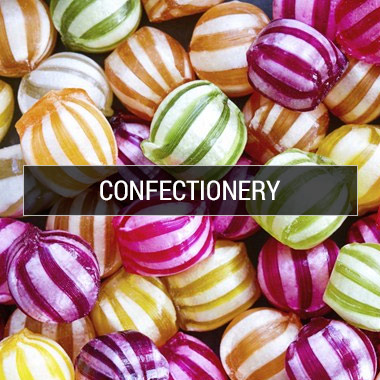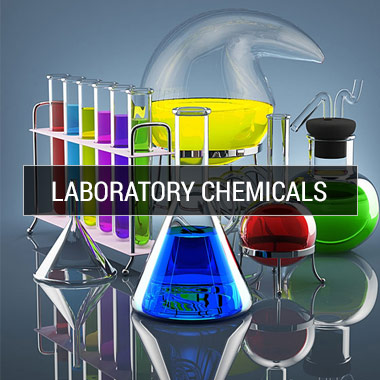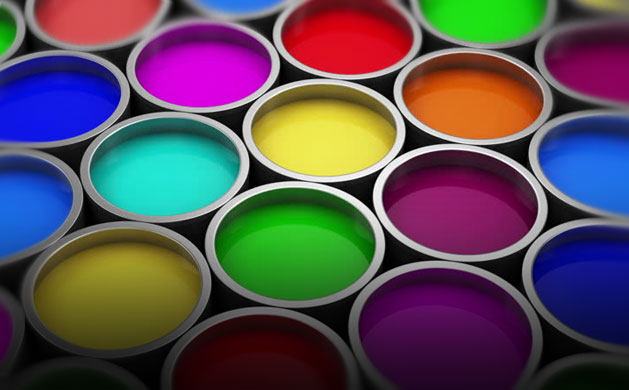
A Beginner’s Guide To Paint…
June 18, 2022 · Vishnu Prabhakaran
Have you ever thought, what is the story behind paints that make your world beautiful..? This is a journey through it…!!!
What is Paint ….
Paint is any pigmented liquid, liquefiable, or solid mastic composition that, after application to a substrate in a thin layer, converts to a solid film.
A brief history….
Paint was one of the earliest arts of humanity. Some cave paintings drawn with red or yellow ochre, hematite, manganese oxide, and charcoal may have been made by early Homo sapiens as long as 40,000 years ago. Paint may be even older. In 2003 and 2004, South African archeologists reported finds in Blombos Cave of a 100,000-year-old human-made ochre-based mixture that could have been used like paint. Further excavation in the same cave resulted in the 2011 report of a complete toolkit for grinding pigments and making a primitive paint-like substance.Paint was made with the yolk of eggs and therefore, the substance would harden and adhere to the surface it was applied to. Pigment was made from plants, sand, and different soils. Most paints used either oil or water as a base. In 1866, Sherwin-Williams in the United States opened as a large paint-maker and invented a paint that could be used from the tin without preparation.
Components of Paints
Pigments: Provides color and opacity
Binder : Binder refers to substances that hold the particles of pigment together in paint. All paints include a binder of some sort because this is what keeps the pigment in place after the paint dries.
Extender: They are also called fillers. A Filler is a substance which can be added to paints to increase its bulk volume without effecting its useful properties.
Solvent: They are also called Paint thinner, which reduces the viscosity of the paints to a great extent. Additives: Paint additives are used to prevent defects in the coating (e.g., foam bubbles, poor leveling, flocculation, sedimentation) or to impart specific properties to the paint (e.g.. better slip, flame retardance, UV stability) that are otherwise difficult to achieve.

The Manufacturing Process
Making the paste :
Pigment manufacturers send bags of fine grain pigments to paint plants. There, the pigment is premixed with resin (a wetting agent that assists in moistening the pigment), one or more solvents, and additives to form a paste.
Dispersing the pigment :
The paste mixture for most industrial and some consumer paints is now routed into a sand mill, a large cylinder that agitates tiny particles of sand or silica to grind the pigment particles, making them smaller and dispersing them throughout the mixture. The mixture is then filtered to remove the sand particles.
Instead of being processed in sand mills, up to 90 percent of the water-based latex paints designed for use by individual homeowners are instead processed in a high-speed dispersion tank. There, the premixed paste is subjected to high-speed agitation by a circular, toothed blade attached to a rotating shaft. This process blends the pigment into the solvent.
Thinning the paste:
Whether created by a sand mill or a dispersion tank, the paste must now be thinned to produce the final product. Transferred to large kettles, it is agitated with the proper amount of solvent for the type of paint desired.
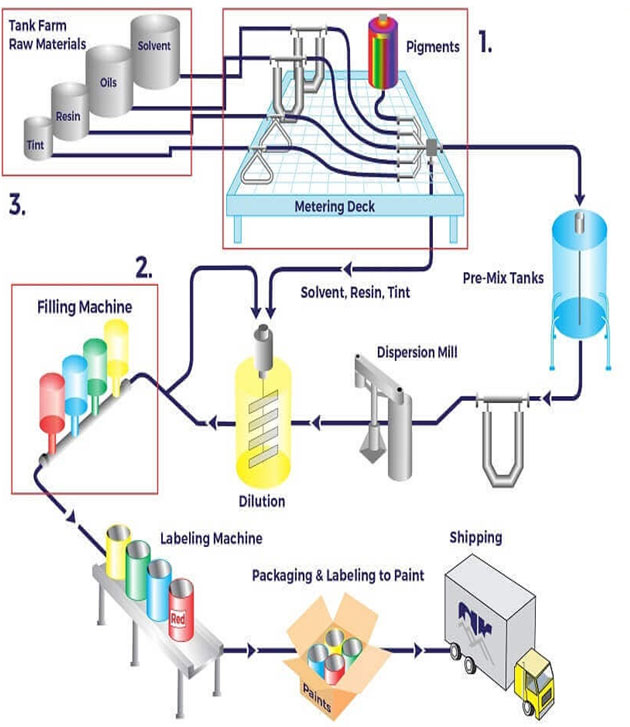
Classification of Paints
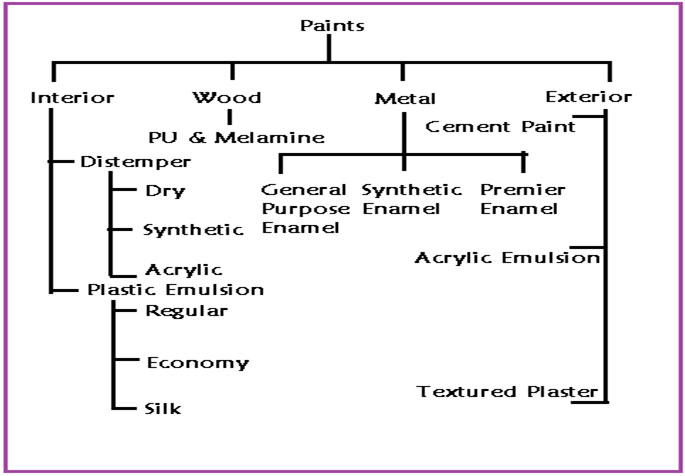
Hope this give a vague idea about paint, we can talk deeply in the upcoming blogs stay close for updates.
“Color is a power which directly influences the soul”
Wassily Kandinsky.
Quick Enquiry
To know more about Associated Chemicals feel free to send a message
 Our Sister Concerns
Our Sister Concerns 


Usefull Links
Get In Touch
Assochem Chambers, Bypass, Edapally,
Kochi-682024, Kerala, India.
Phones : +91 9495999349, +91 9388610189, +91 484 2339190, +91 484 2348028
E-mail : nsn@assochem.in, marketing@assochem.in, mail@assochem.in
Support






